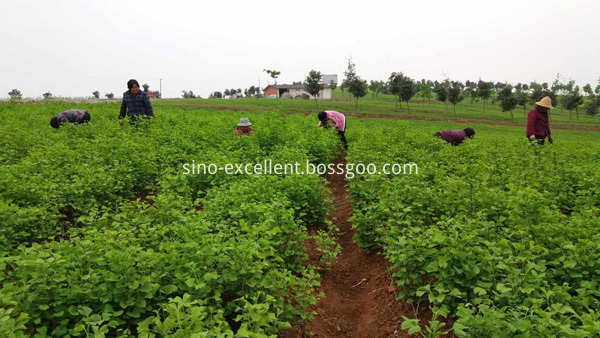New Measures for Overwintering Production of Greenhouse Tomatoes
1. Insulate the conduction of the ground temperature inside and outside the greenhouse. In the junction between the film and the ground on the outside of the front of the greenhouse, padding 50 to 60 cm wide, 1 to 2 cm thick, and the length of the foamed plastic sheet in the greenhouse can be effectively isolated from the outside. Conduction of ground temperature inside and outside the greenhouse.
2. Insulation with straw film on the straw Insulation After the grass is placed on the curtain in the evening, a layer of polyethylene film is covered on the straw. The width is equal to the length of the straw. The length is the same as the length of the greenhouse. The film is surrounded by sand. Woven bag compacted. This will not only prevent rain, snow or fog from wetting the grass curtains, and will not remove snow after snow, but will also increase the temperature in the greenhouse by 2°C to 3°C.
3. Hanging reflective film in the greenhouse Adding aluminized reflective film on the inside of the northern wall of the greenhouse can increase the indoor light intensity regardless of the sunny day in the cloudy sky, increase the indoor temperature by about 2°C, and improve the distribution of light and increase the number of sorghum tomatoes. The illumination of the lower leaves and fruits and the intensity of photosynthesis increase the effective accumulated temperature needed for fruit color transformation.
Fourth, the operation line hole filled with snow in the wheat field first slightly digging along the operation line, to both sides of the ridge ridge, can increase the area of ​​light, is conducive to the growth of the root system. The operation line is filled with 10-15 cm thick wheat straw or crushed straw, which is conducive to reducing the humidity inside the greenhouse, increasing soil permeability, increasing the temperature, and increasing the carbon dioxide concentration.
Fifth, use of aerosols, dust to prevent pests overwintering 茬 tomatoes in the continuous rainy days, the majority of the disease caused by high humidity, low temperature, so the premise of prevention is not to increase indoor humidity. The use of aerosols and dusts to control pests and diseases is effective, while not increasing the humidity in the greenhouse.
6. Watering and Fertilizing Measures at Low Temperature Do not water the water on consecutive rainy days. Watering should be carried out at noon on sunny days. It is advisable to use small water for irrigation. Fertilization should not use chemical fertilizers. It is best to use active bio-fertilizers with water, combined with foliar spray (live amino acid foliar fertilizer, boron fertilizer, calcium fertilizer, and potassium fertilizer) plus 1% glucose solution. To supplement the supply of nutrients under conditions of low temperature and low illumination, to reduce the occurrence of low-temperature physiological diseases.
Seven, remove excess leaves in time to remove diseased leaves, old leaves, yellow leaves and lateral branches, remove them from the base when removed. When the fruit grows to the green stage, all the leaves below the ripe fruit can be removed. Then spray a broad-spectrum fungicide to promote fruit enlargement, promote plant ventilation and light, and help fruit coloring.
8. Assisted pollination Tomatoes are self-pollination crops. Fruit setting is greatly affected by environmental conditions and supplementary pollination measures can be taken.
Method 1: In the treatment of inflorescences 2 days before the inflorescence, under the condition of low humidity in the greenhouse, the vibrational inflorescence assisted pollination.
Method two: In the cold season, the pollen can be pollinated 1 to 2 times per day after sunny morning at 9:00 AM.
Nine, to promote the early listing of low-temperature cultivation of tomatoes are often due to a long color conversion period leading to the color of tea, poor storage. The use of "Hongguo 88" for 2 to 3 consecutive injections is beneficial to the coloring of fruits, increase the commodity rate, and can be listed 1 week in advance.
Berberine,
Rutin,
Ginseng leaf & stem p.e. ,
Ginseng root p.e.
Ginseng flower p.e.
Green Tea P.e.,
5-HTP,
grape seed extract,
blackcurrant extract,
Monkfruit extract
stevia extract
Ginger root extract
Curcumin
Low pesticide residue
low solvent residue
low heavy metal
non-irradiation
non-GMO


Ginseng leaf p.e. ,Green Tea P.e., herbal extract, plant extract
Excellent Health Products Co.,Ltd. , http://www.sino-excellent.com